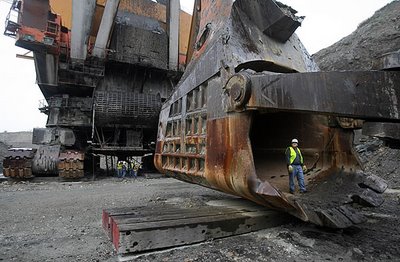
Two thoughts as the Urban Waterfronts conference comes to a close here in Portland, OR.
The first is that the waterfront revolution is a global reality and Great Lakes leaders need to get more excited about it. Around the world, from downtown Louisville, KY to Umag, Croatia, cities with lake and river frontage are wiping away waterfront factories and highways and dedicating the space to public parks, luxury condos, and modern businesses. Great Lakes leaders need to recognize the trend and get more actively involved if they intend to maintain a competitive quality of life, attract top talent, and prosper economically.
That leads to the second thought: an entire industry is organizing around waterfront redevelopmment. The firms fishing for business here at the conference offer services ranging from economic analysis and real estate market forecasting to master planning and landscape design; civil, structural, coastal, mechanical, and electrical engineering; hydrological studies; traffic studies; flood management; wetlands restoration; construction project planning and supervision. It's much more than organizing volunteers to cleanup garbage along the water's edge.
The proposed $20 billion Great Lakes restoration initiative, then, is much more than the one-dimensional environmental cleanup program civic leaders claim it is. It's a multi-dimensional public works project that could provide an endless amount of jobs for the underemployed Midwest.








